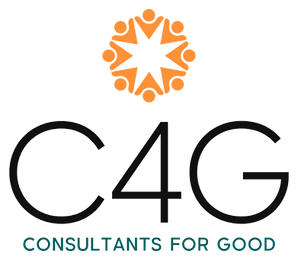When people think of program evaluation, they often visualize undesirable symbols of judgment – things like grades, scores, and the SATs. However, evaluation doesn’t need to feel negative.
New approaches in evaluation have begun to facilitate positive responses and potentially powerful effects on programs.
Determining exactly what is involved in an evaluation can change based on the kind of programs being evaluated.
However, there are several stages any evaluation must work through.
1. Identifying Measures of Success
Clarifying the goals of the program and identifying how to measure its success
2. Evaluation Design
Designing the research and creating specific, simple, and meaningful ways to collect data
3. Training
Training in evaluation and/or data collection for those who will support the effort
4. Implementation Analysis
Data collection, analysis, and reporting on implementation of the program
5. Outcomes Analysis
Data collection, analysis, and reporting on program outcomes
6. Dissemination
Communication of program results and lessons
Evaluation can be an incredibly helpful tool in assessing the effectiveness of different programs or initiatives within a single nonprofit. Keep in mind that evaluation should be a continuing process rather than simply ending with a report.
For maximum benefit, there should be ways to allocate resources to implement the evaluation’s findings.


